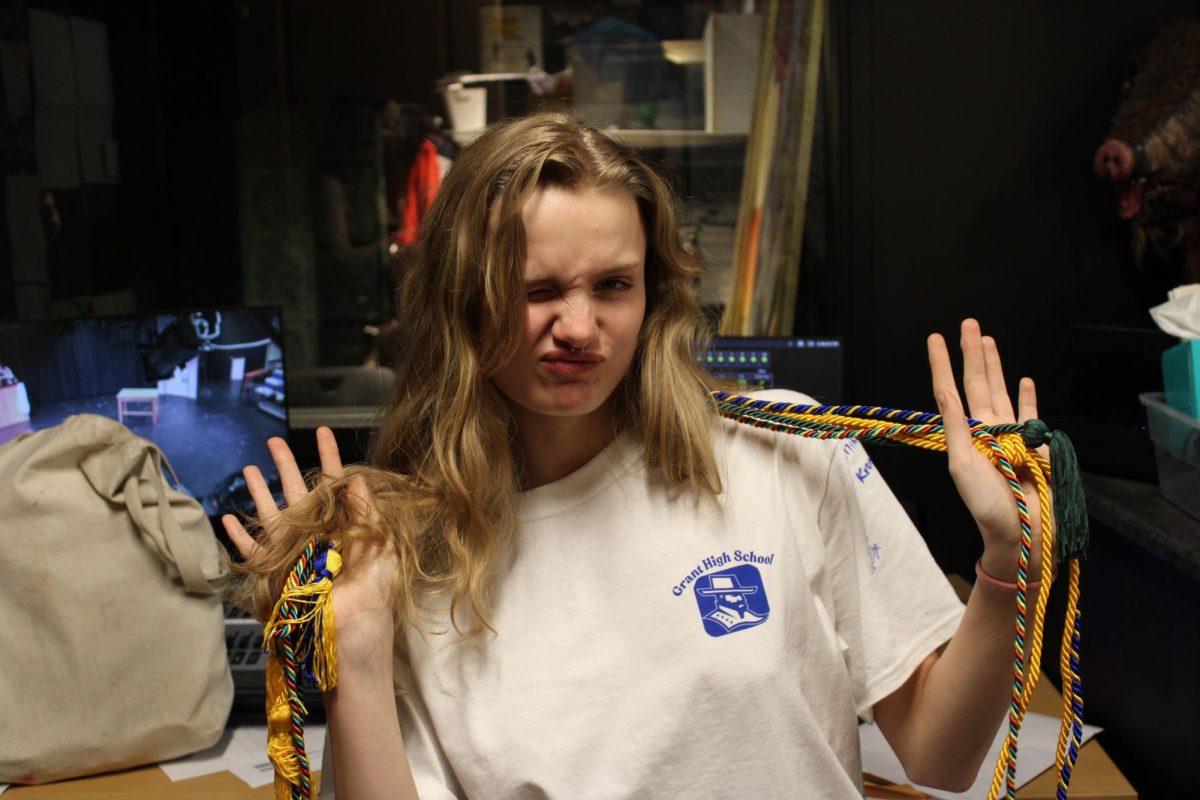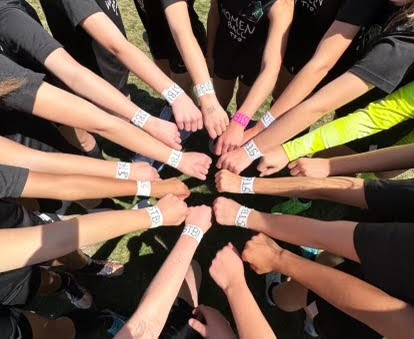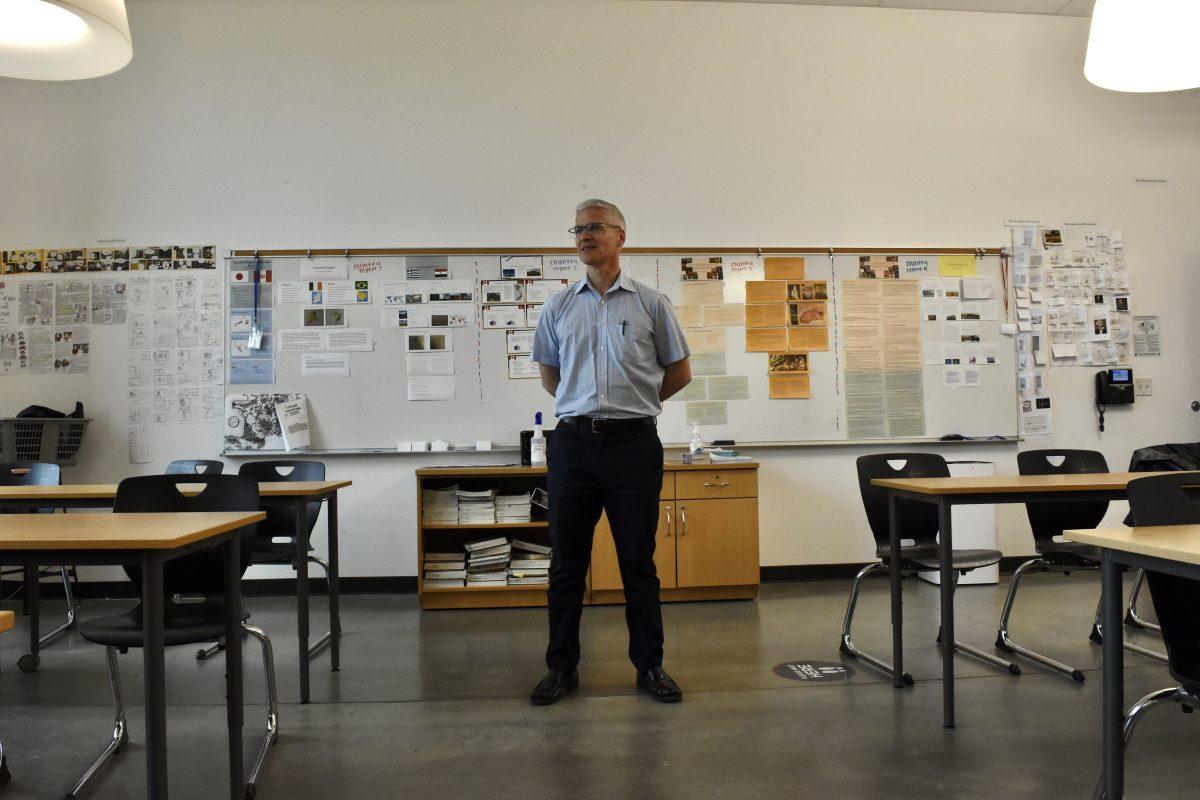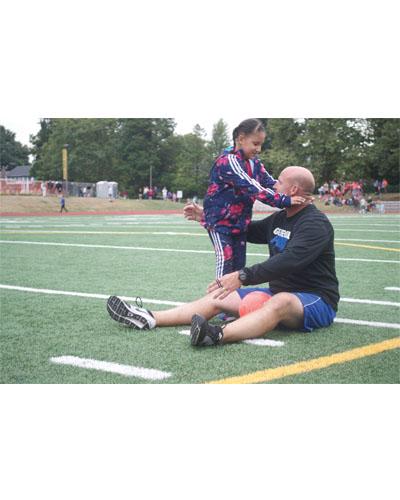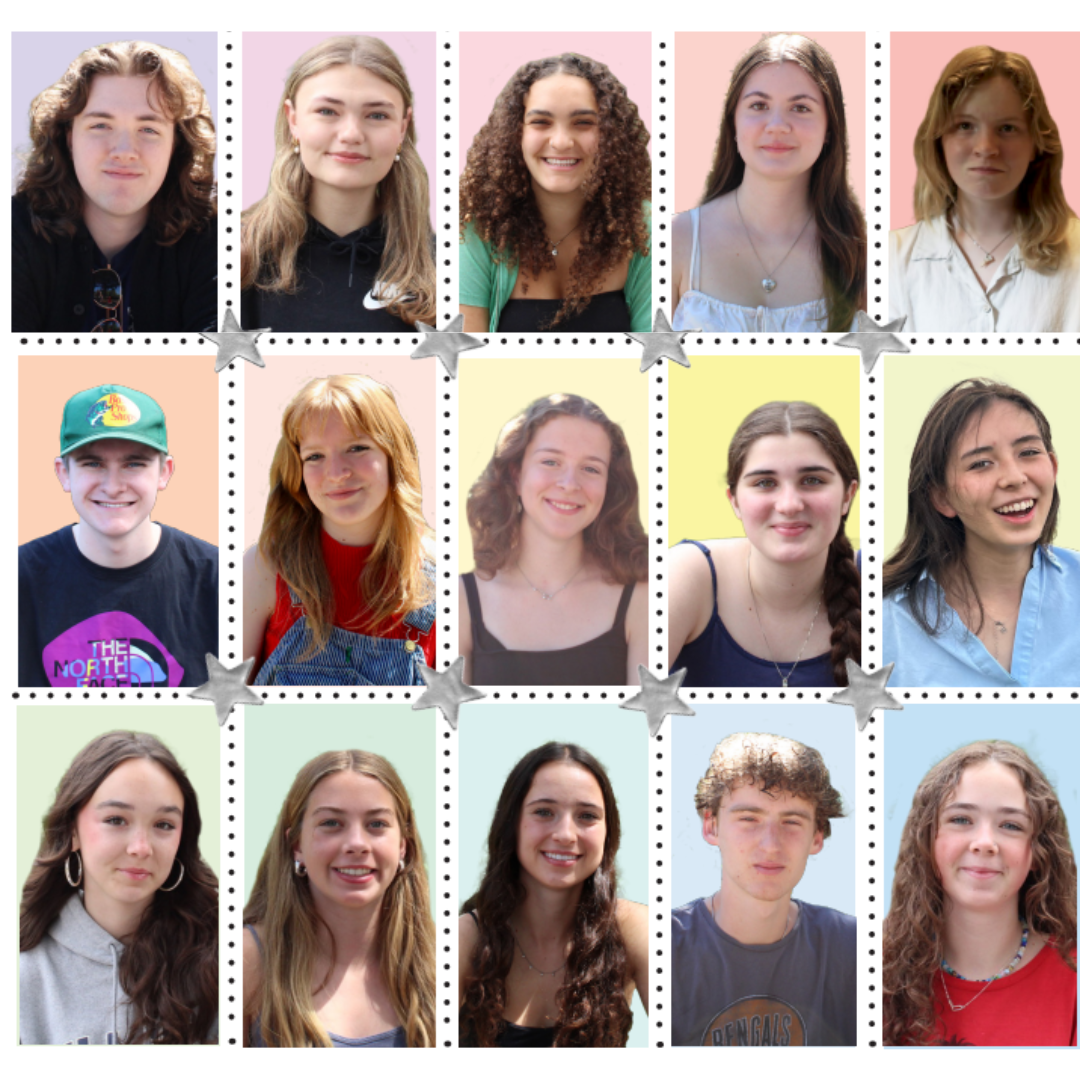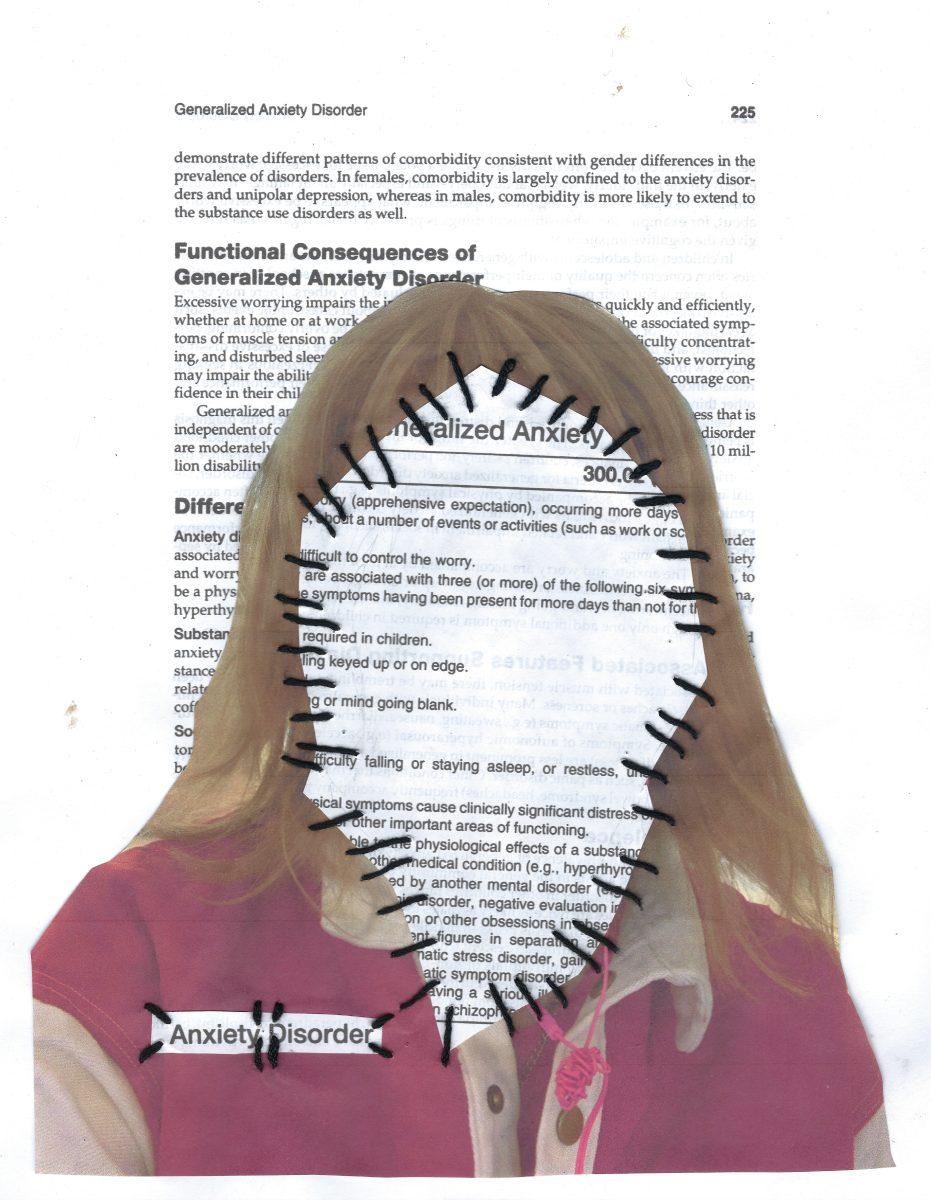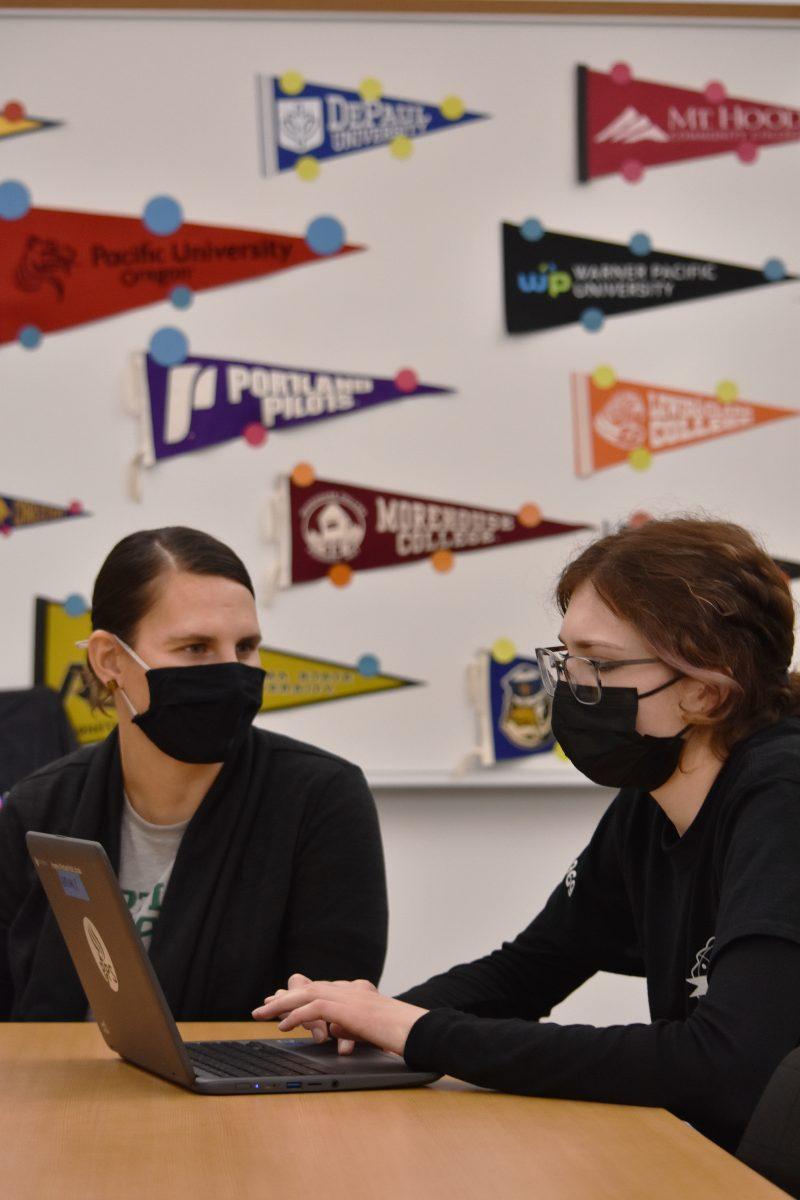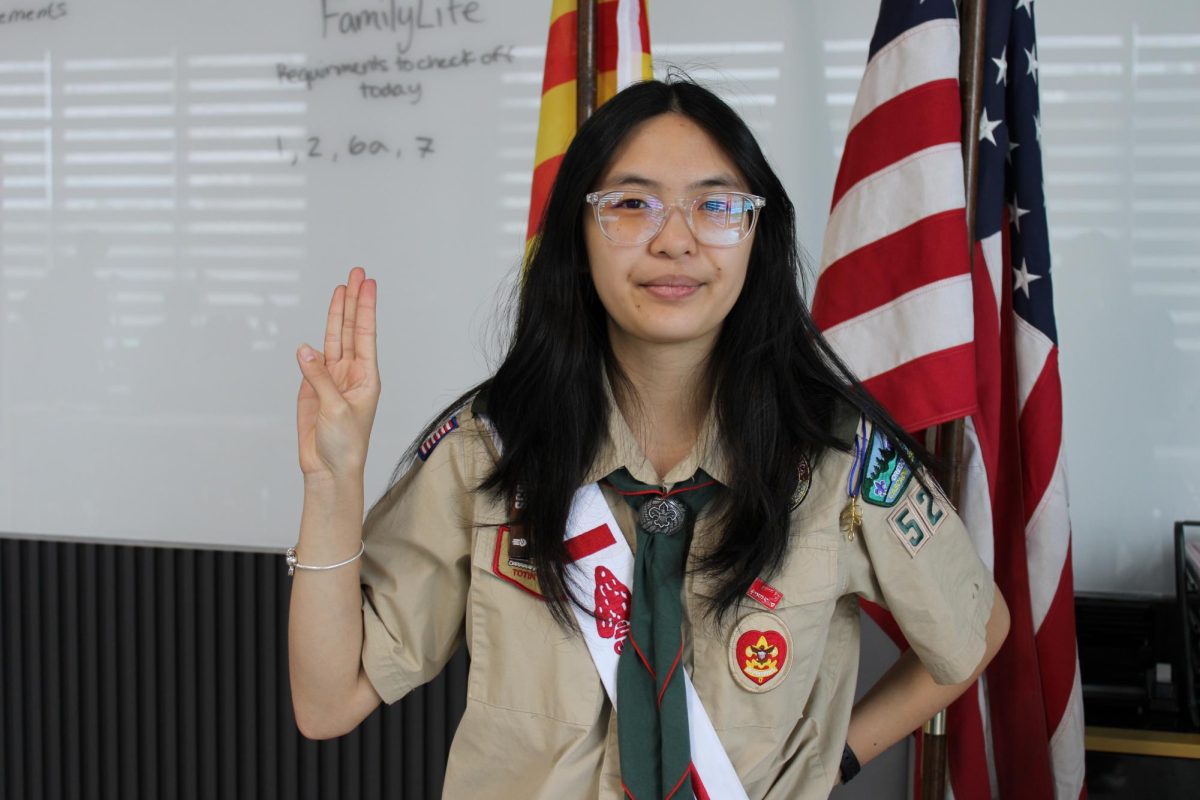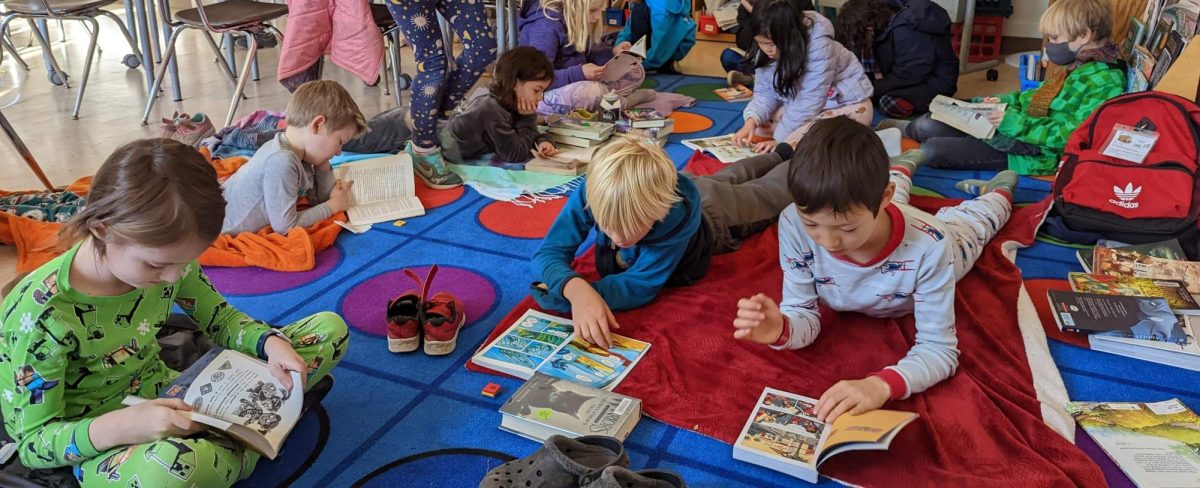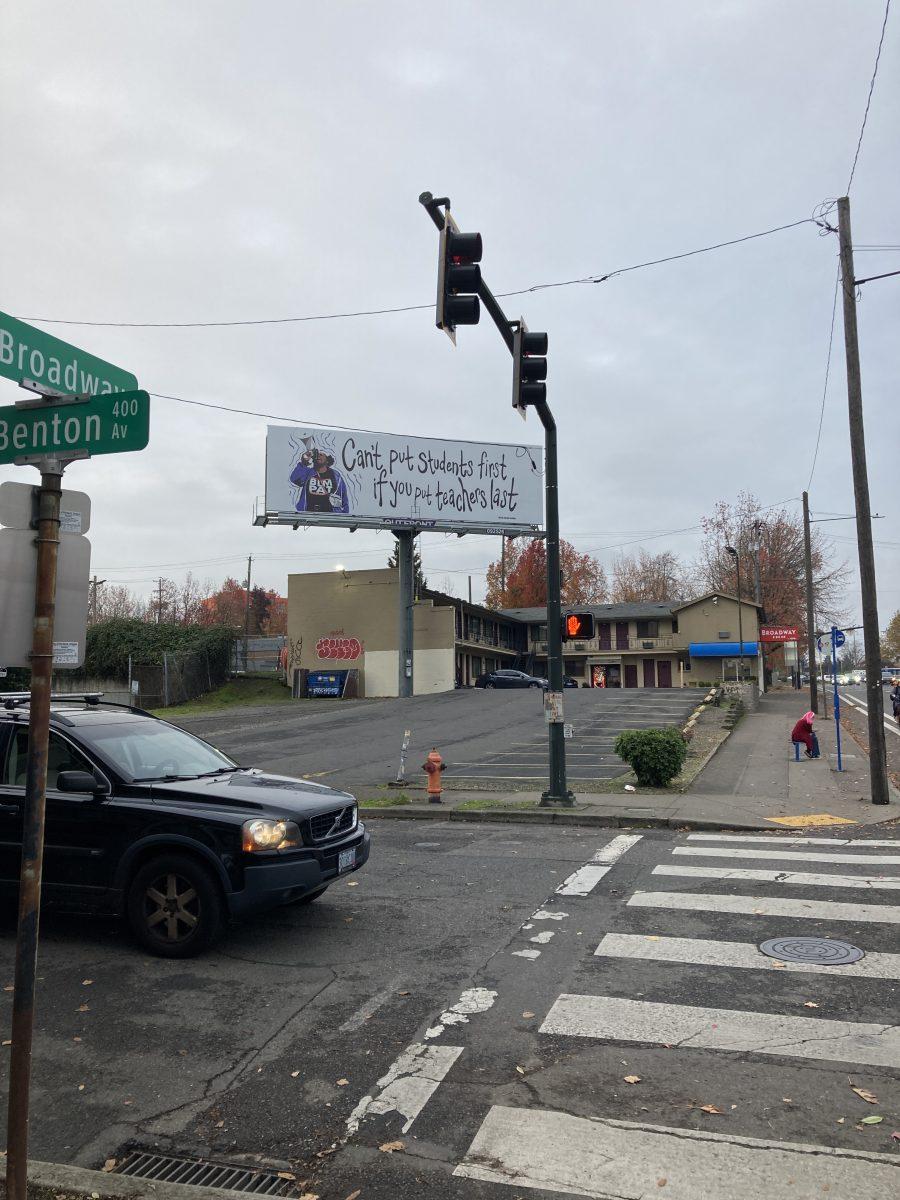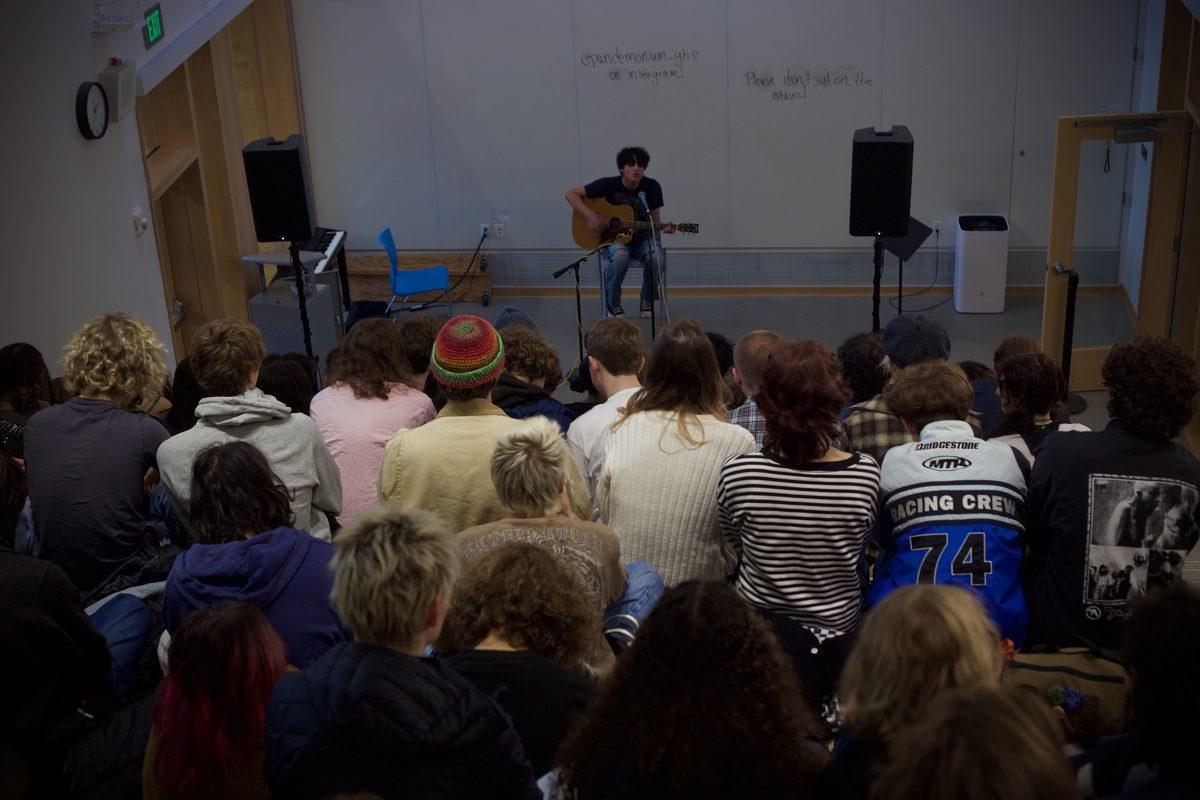Grant senior Rowan Hertling sits in her room, eyes glued to the computer screen. She is researching colleges and careers, poring over the costs of college and graduate degrees, career salaries, the number of years of schooling and more. Here, she contemplates a very important question: Is it worth it to spend the next four years of her life attending university if she has to pay it off later?
Questions about money swirl around Grant students’ minds at every turn. The accumulating costs of high school activities, as well as post-high school plans, can be a huge stressor on students without access to resources to mitigate these expenses.
For many Grant students and families, the financial burden of the public education system can feel overwhelming. School sports, clubs, test and class fees, arts and music programs, admission tests and more can pile up, adding financial stress to struggling families. While many financial aid opportunities exist, they are not advertised frequently. Grant’s communities of color and low income families often have fewer avenues of support, making it even more difficult for them toaccess financial assistance.
Financial Aid at Grant
Grant High School provides financial aid opportunities for students. One opportunity offered is free and reduced lunch, a Portland Public Schools (PPS) program that families qualify for based on their household income. The program is much broader than a meal plan—students who receive free and reduced lunch also automatically qualify for fee waivers on Advanced Placement (AP) exams and the Common Application. Additionally, qualifying students can easily receive financial aid for dual credit classes at Grant.
There is money available in both the grant and district budgets to assist students who do not qualify for free and reduced lunch. For example, they can fill out a form to apply for partial assistance on their AP exams. These students can also give a set cost that they can pay, and PPS will do their best to cover the rest.
Regarding admissions tests, PPS has assured that all juniors are automatically registered for the SAT free of charge. For students who want to take additional tests, the College Board supplies Grant with two sets of 10-20 fee waivers for the SAT and the ACT. Students can request a waiver from their counselor.
Grant administration emphasizes its commitment to aiding any student who has asked for financial assistance. It is not common for students at Grant to request aid. Grant Vice Principal Scott Roosevelt says the challenge is knowing who needs financial assistance. He acknowledges that it is a lot to ask of students to come forward about their financial situation.
Grant senior True Laborde feels that the issue lies in a lack of awareness and advertisement around financial aid. “If the teacher doesn’t say that there are those opportunities, then you’re not going to even know that there was an opportunity to have them,” she says. Laborde was not aware of any financial aid opportunities at Grant, aside from dual credit classes.
She recalls taking AP Environmental Science her junior year and being shocked at the price of the test. “That seems really expensive just to take a test that I may not even pass,” Laborde says. She notes that if she had known the aid was available, she would have attempted to utilize it.
Laborde feels that Grant does not prioritize advertising and connecting students to financial aid opportunities, especially for students who do not qualify for free and reduced lunch. She wants the school to acknowledge that paying full price for services out-of-pocket is a burden for many students who are not on free and reduced lunch. Hertling says that it was never made clear how much financial aid was available, and for whom it was meant. “I think with a lot of programs, it’s kind of obvious that there’s a lack of funding. So I assumed that that would be the same for this kind of stuff, like that there’s a lack of financial aid,” she says.
Both students want financial aid to be a constant conversation. Laborde hopes for the intentional advertisement of financial aid opportunities, including presentations on the steps to apply for those opportunities. Hertling is calling for increased advertisement of a wider range of financial aid opportunities.
Despite a lack of advertising, Grant has taken steps to minimize financial burdens for students. In recent years, Grant has shifted away from AP classes, offering dual credit courses in their place. Roosevelt says the decision was largely made for its financial benefit for students. Dual credit classes allow students to take college courses for a fraction of the cost. In the 2020-21 school year, with Portland Community College dual credit classes alone, Grant high school students collectively earned a total of 2,052 PCC credits and saved over $250,000 in tuition costs. In dual credit courses, passing students automatically obtain college credit. In contrast, AP courses require students to go through the process of registering, paying, and passing an AP exam to receive college credit. Roosevelt says that giving students a head start with college credits will incentivize them to go to college. “By helping kids walk through the door, they’re more likely to take the next steps through that hallway that waits for them.” In addition, Grant has moved away from mandatory expenses for classes like P.E. and the arts. In the past, all students were expected to pay for items such as uniforms and materials, but the dues are now framed as donation requests.

Athletics at Grant
Grant High School is home to an involved athletic culture with many different sports offerings. Grant offers a number of no-cut sports, available to all student-athletes. The no-cut sports consist of football, cross country, wrestling, swimming and track and field. Depending on the number of students who try out, tennis and golf will sometimes be no-cut. Soccer, volleyball, basketball, baseball and softball are selective, with the number of athletes high across the board.
Grant athletic teams are often very successful, with women’s soccer recently winning a state championship. With this vibrant athletic culture, what is the structure of support for the student-athletes who need financial assistance?
There are numerous costs associated with athletics. All sports at Grant require a $200 registration fee on FamilyID, and the final step in this process is a payment page. If a family is unable to pay the registration fee, they can bypass this page and discuss a payment plan with the coach. However, that option is not widely advertised. In addition, students may have to pay for uniforms, equipment, and transportation.
The registration for students on free and reduced lunch is automatically brought down from $200 to $35 dollars. Additionally, the school has funds available through both district programs and donations to help students with registration fees and the cost of equipment. Coaches will occasionally identify players who need new equipment, and the school is able to help those students get whatever they need to play the sport.
The coaches and faculty at Grant want players to succeed, regardless of their ability to pay. Odie Hollingshed, the Grant athletic director, has made a commitment to students. “If we got a kid who comes out and wants to play the sport, we will find a way.” This attitude is echoed throughout Grant athletics.
Grant volleyball coach and former athletic director Erin McNulty adds, “I think people feel like they need to prove that they need aid, and that is not the case.”
Financial assistance is provided on a case-by-case basis; there is no formal system in place for people to request aid. Hollingshed says that he would like to see a formalized and publicized system in place, but until then, students need to advocate for themselves. This can be difficult for some as financial aid can be an uncomfortable topic, but even more so for those who do not know that athletic aid is available.
“People don’t realize that they have privilege in those settings unless we start to actually talk about it. I don’t think it would be a bad thing to talk about, but I feel very strongly that it shouldn’t be the person receiving financial aid. That’s not their job, their job is to be there and participate,” says McNulty.
At Grant, many athletes don’t talk about financial aid. “Even if you go to a lower socioeconomic school, it’s not talked about because they don’t want the handouts,” notes Hollingshed. Hollingshed emphasizes the importance of educating BIPOC and low income communities and helping them take advantage of the aid available. He says, “There’s nothing wrong with taking a loan out, there’s nothing wrong with chasing a dream.”
Many Grant sports are competitive, and it is almost an expectation that players play for a private club in the off-season. Participation in these private clubs often costs thousands of dollars. Bella Bohne, a player on the Grant women’s varsity soccer team, says she does not know of anyone on her team that does not play for a club. However, Bohne acknowledges there are some soccer clubs that give decent financial aid.
United PDX is one of many soccer clubs in the area and hosts a number of student-athletes from Grant. Paying full price for this club can cost upwards of $2,000, not including equipment or travel. Luckily, United PDX offers financial aid for participants based on family income and family dynamics. Ryan Youngblood is the executive director for the club and is responsible for handling financial aid.
“Financial aid shouldn’t be the reason a child can’t play,” he says. Youngblood says this aid typically covers about 35 to 75% of player fees and the club is planning to provide between $125,000 and $150,000 in financial aid this year. The club also works with Nike to help participants with the costs of uniforms and equipment. On rare occasions, the club has waived 100% of expenses, but Youngblood notes that when they have to give large amounts of aid, they may not cover all trips and related expenses because they have to make sure everyone can get basic assistance first.
Higher Education
As students look towards higher education, financial burdens are a looming concern. Free Application for Federal Student Aid (FAFSA), a federal student aid program that all students can apply for, is the only collegiate financial aid opportunity widely advertised at Grant. FAFSA uses family income data to determine the amount of aid distributed, with the rest falling under the “expected family contribution”.
For Hertling, her “expected family contribution” is higher than what her parents can afford. This means Hertling will be relying on scholarships if she chooses to go to college.
Overall, the collegiate financial aid application process has been emotionally draining for her. “I’m very worried about being able to afford it,” she says. “It’s just been a really big stressor.” Hertling also notes that the financial aid application process as a whole is unnecessarily time-consuming, confusing, and frustrating.
Laborde has similar issues. Laborde says it is likely that she will have to take out a substantial amount in student loans. She feels as though the burden of student debt will always be something that’s “hanging over [her] head.”
Paying for college itself is not the only barrier. Getting into college is a complicated multi-step process that can be especially difficult for students who have fewer resources for support. Laborde has a family friend who is a college counselor, who has been able to assist her free of charge. Laborde is especially appreciative of the counselor because she has not been able to get in touch with her Grant counselor. The Grant counselors each serve 300-350 people, and have extensive responsibilities, making it difficult for students to get their attention.
The Stigmatization of Financial Aid
Laborde knows that she is not alone in this struggle to pay for education, but to her it doesn’t feel like it. She feels as though no other Grant students are “in the same boat”, making the process of asking for support much more intimidating. “If a lot of people say they don’t need financial aid, but you do, then you’re gonna feel outnumbered. And like, you’re the odd one out. Or that you’re less than, I suppose,” she says.
Hertling feels like many young people lack awareness about their own financial situation, making the process of accessing financial aid all the more confusing and intimidating.
On the administrative side, Grant counselor Sharitha Mckenzie has noted that Grant’s BIPOC and financially unstable students are not accessing counseling services as much as Grant’s White and wealthy students. She worries that for first-generation college students, or students who do not have many resources for applying to colleges, applications are so daunting that many students have nowhere to start.
Mckenzie adds that this pattern is noticeable along racial lines as well. Among the students that reach out to her, she estimates that about 90% of them are white, which is disproportionate to their distribution among the student body.
In response, Mckenzie has adopted a proactive approach to student aid. She has begun to reach out to those students instead of waiting for them to come to her, hoping that by forming a more personal relationship with them, she can help them get on the right track. In order to combat the racial and socioeconomic barriers, Mckenzie says the Grant community needs to be “realizing that our underserved populations, our BIPOC, and our students of color, are the responsibility of everyone.”
As a whole, Roosevelt says that the most important thing that all staff can do to minimize the financial barrier at Grant is to make students feel like they are supported. “I think in every school I’ve been in, the stronger the bonds are between students and adults, the less barriers there are for students to come forward and seek support and assistance,” he says. “It shouldn’t just be on the students to ask.”




